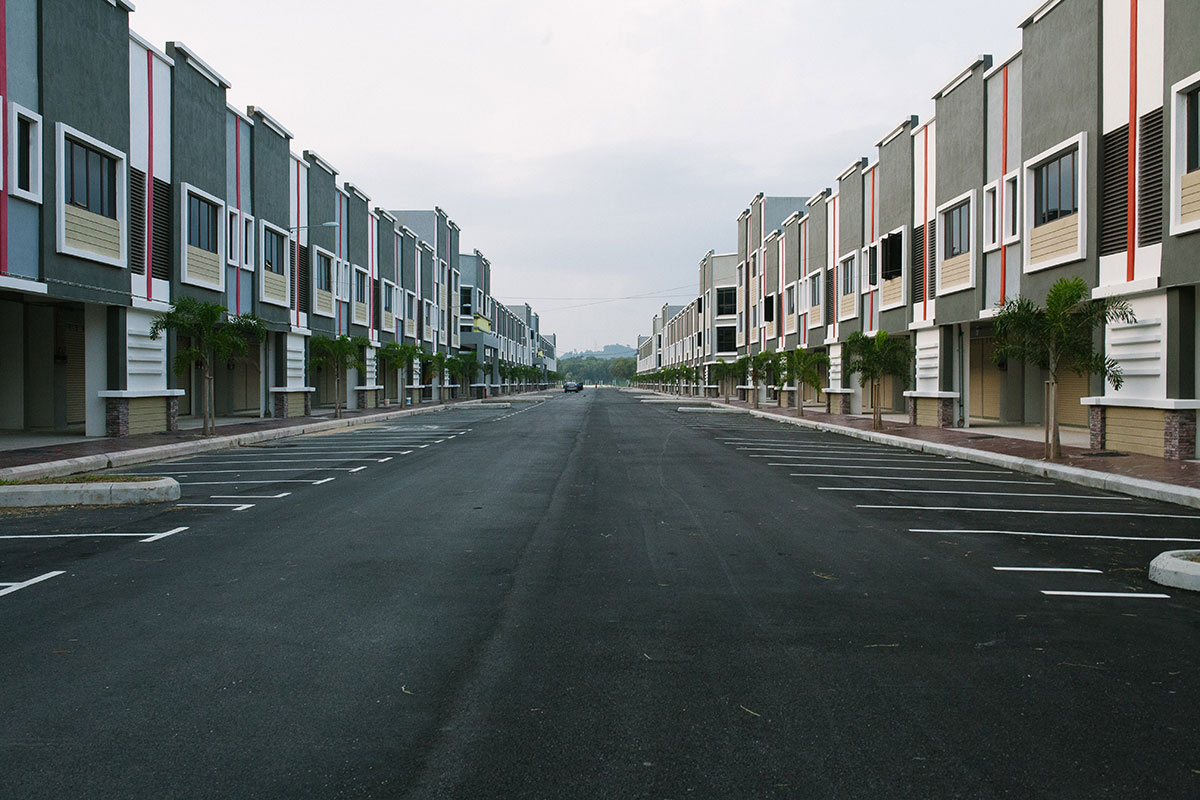
An Alternative Approach to Creating Affordable-Workforce Housing
août 24, 2020 — Highlight
The pressing need for affordable workforce housing continues to grow, unabated—fueled by escalating land and construction costs, restrictive zoning, and very low real wage growth. How can we build additional affordable-workforce housing in neighborhoods served by public transit options, and near job centers? How can we bring down the cost of housing, and simplify the financial component of building affordable housing?
The questions posed above are especially relevant against a backdrop of limited effectiveness and sub- par efficiencies of federal affordable housing policies, including the low-income housing tax credit (LIHTC) and a plethora of HUD-based financial subsidy programs. These programs are designed to fund high cost conventional construction projects, largely clustered in low income areas lacking transit and inconvenient to robust job centers. While these programs have successfully funded many affordable units, they are inherently inefficient and insufficient. Why not examine a model that promotes lower construction costs, quicker product delivery, maximizes the use of private capital, and uses creative approaches to securing land—specifically placing projects on small, otherwise commercially unusable and parcels strategically located on transit-served corridors in our urban areas?
Lower project costs can be achieved with modular construction—building the majority of the necessary components in an off-site factory, and then assembling them on-site. This approach can lower multi- family housing costs by 10% to 15%, if adopted at scale (with perhaps greater cost savings over the longer term). Local municipalities should embrace this technique while establishing new standards and land use regulations which accelerate permitting approvals and inspections. Locating these projects on relatively small, urban infill lots will limit unit count to under 50 units, but additional development cost savings can be realized by eliminating parking requirements.
This development approach can be cast within a private-public partnership structure, with the local municipality (public control of land is assumed) using creative ways of conveying the land to the project partnership at below-market cost via a long-term ground lease or discounted purchase price, in return for long-term project affordability covenants. The combination of modular construction costs and lower land costs will significantly reduce overall project capital costs and reduce the delivery timeframes. The type of land parcels described here are available in many different communities, scattered all over the typical metropolitan area.
Reducing project costs as a result of following this recipe for affordable-workforce housing should eliminate or severely curtail the need for direct capital infusion of public funding to subsidize development capital costs, thus allowing these scarce resources to be more effectively deployed to housing the very low-income population and the homeless. From a financial perspective, the goal is to attract and leverage the use of private capital, while assuming that public subsidy capital will become scarcer in the future and will need to be preserved for housing the very lowest income populations.
Putting a real dent in the affordable housing gap will require many creative approaches, while enticing additional private capital. New thinking needs to revolve around the key components of affordable housing development – securing land, efficiently constructing and delivering the housing itself, and attracting private capital.
Featured photo by IKRAM shaari from Pexels.